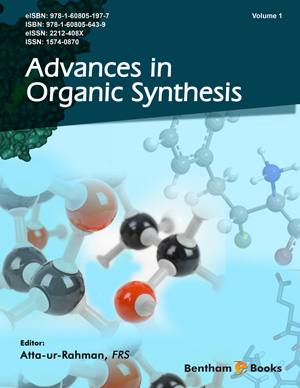Abstract
Since ancient times, Copaifera tree oleoresin has been widely utilised for
conventional medicine, and it is currently a well-liked remedy for a variety of illnesses.
The vast majority of the chemical makeup that makes up copaiba resins is frequently
composed of sesquiterpene hydrocarbons such as germacrene D, copaene,
caryophyllene, elemene and humulene. Kaurenoic acid, alepterolic acid, copalic acid
and polyalthic acid are a few of the physiologically useful diterpene compounds
present in oleoresin. Due to its many pharmacological qualities and extensive usage,
oleoresin is one of the most significant regenerative natural remedies and folk
medicines. In addition to being used as a contraceptive, oil or plant bark decoction is
also used to treat inflammation, bronchitis, syphilis, and cough. Wound healing is
improved when oil is administered topically to the skin. During massages, it is
administered to the head to manage convulsions, pain, and paralysis. It is also
suggested to apply oil-soaked cotton to tumours, ulcers, or hives. Dog bites and other
infected wounds are treated with the bark's decoction, which is also used to treat
rheumatism. The oil is utilised to create a patch that is mechanically applied to wounds
and some ulcers to treat them. Caryophyllene has exhibited its activity in a number of
pharmacological models, including cannabinoid receptors, making it one of the most
significant phytoconstituents in copaiba oils at the present time. The goal of this
chapter is to look into the phytochemistry of copaiba oleoresins, conventional uses, and
the pharmacological properties of various oils from Copaifera species.
Keywords: β-caryophyllene, Bark decoction, Bronchitis, Convulsions, Diterpene acids, Inflammation, Sesquiterpenes, Oleoresin, Paralysis, Tumours.






















